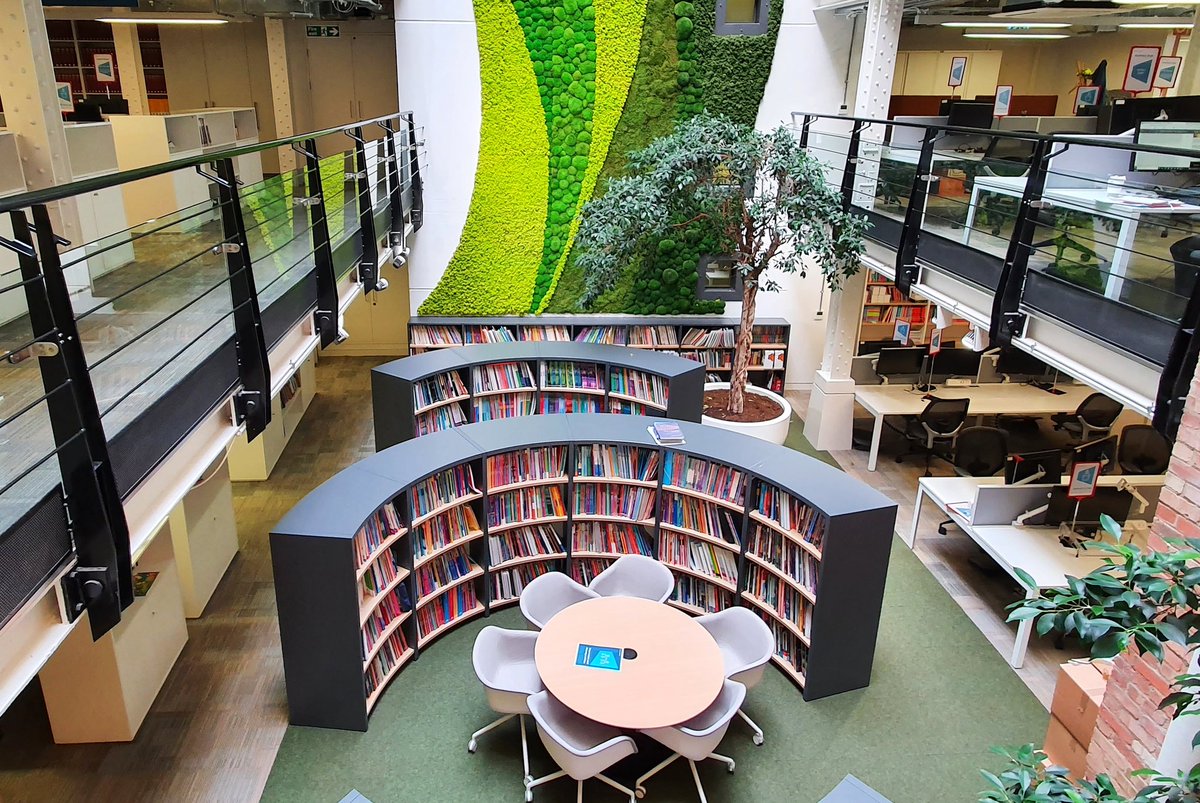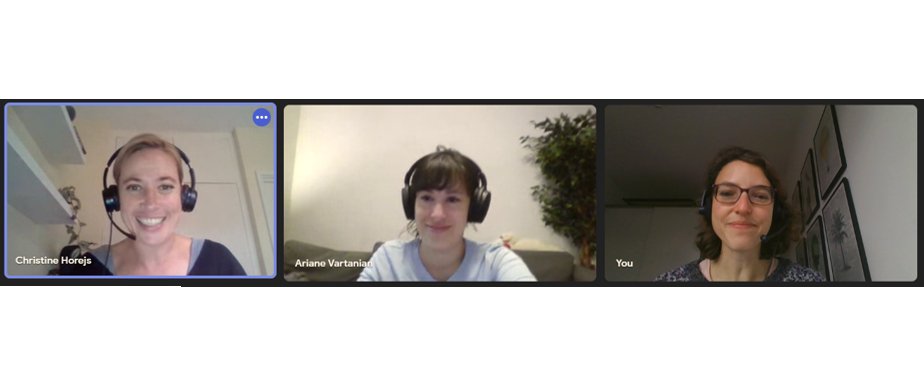
After yesterday's Nobel celebration we are back on track . I believe I promised something on #data #analysis
A thread 🧵on how we extract the data from our #robot beamtime @desynews @p021_desy and how we figure out the #arrangement of #atoms in our samples /@RPittkowski 1/6
A thread 🧵on how we extract the data from our #robot beamtime @desynews @p021_desy and how we figure out the #arrangement of #atoms in our samples /@RPittkowski 1/6
We get these beautiful 2D images from where the #scattered #X-ray beam hits the detector plate. What you see below is the scattering recorded for LaB6 - not surprising that we use it as a standard for calibration when you look at the beautiful #rings 2/6 

By radial integration we get a 1D diffraction pattern, which shows distinct Bragg peaks for each ring on the 2D image. I made a very boring #GIF where you can see how the #rings relate to #peaks in the pattern 3/6
Such a a beautiful #diffraction pattern we get for powder #crystalline samples. The #periodic lattice planes reflect the X-rays periodically which leads to interference. Maybe you remember #BraggsLaw 🤓 4/6 (image credit @kirsten_mj) 





We can identify many #crystalline compounds based on their #diffraction #pattern which serves as a kind of #fingerprint and can be compared to #database structures. There exist many databases with hundreds of thousand structures - a good start to identify your structure 5/6 

But what happens when we #go #nano ? By downsizing the crystal we lose most of the periodic lattice planes - so no more beautiful rings💍or Bragg peaks 🤔Not to worry, we can still get structural information - from #PDF (not the #fileformat 📰) - but that deserves its own🧵6/6 





• • •
Missing some Tweet in this thread? You can try to
force a refresh

















